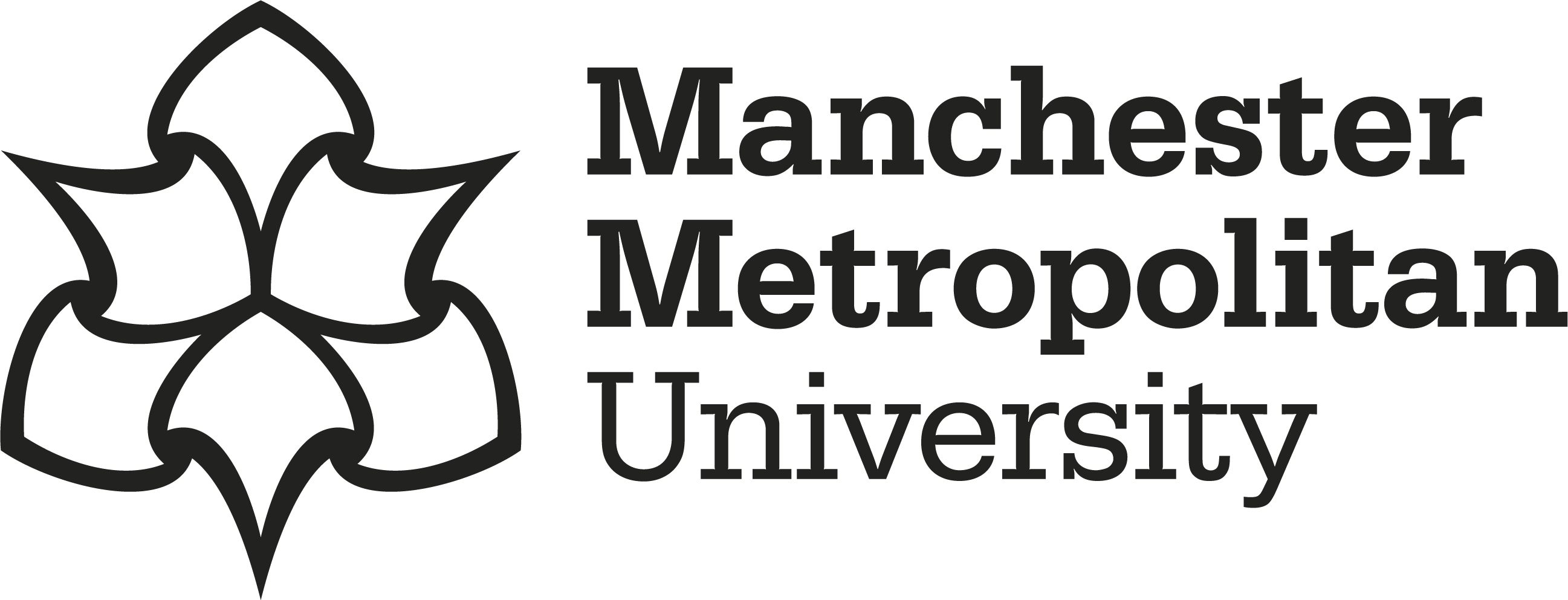Kirkwood, Adam, Stebbings, Georgina, Birdsey, Laurence and Read, Dale 
|
Accepted Version
File not available for download. Available under License In Copyright. Download (172kB) |
Abstract
Introduction: Combat sports can be characterised as grappling, striking or mixed combat. Striking combat sports (i.e., boxing, karate, kickboxing, muay Thai or taekwondo) incorporate strikes such as kicks, punches, elbows, and knees aimed at various body-parts of the opponent. Despite technical and tactical differences between these sports, the requirement to repeatedly execute strikes results in similar energy system demands. Physiological training is used to improve athletic performance. However, no study has reviewed the scientific literature regarding physiological training programmes for striking combat sports. Methods: Following the PRISMA guidelines, four databases (PubMed, Scopus, SPORTDiscus, and Web of Science) were searched for peer-reviewed original investigation articles that were written in English. Only studies that included healthy tier 2 or higher-level participants aged 16-40 years in boxing, karate, kickboxing, muay Thai or taekwondo were included. In addition, selected studies included a physiological training intervention lasting 2-12 weeks in which there was a validated pre- and post-physiological test. Following the screening process, nine studies were deemed relevant for data extraction. Risk of bias was assessed using a modified Downs and Black assessment tool. Results: Studies involved athletes from taekwondo (n = 3), karate (n = 3), boxing (n = 2), and kickboxing (n = 1). Physiological training interventions were between 2-8 weeks and included 2-4 sessions per week. High-intensity interval training (HIIT) was the most popular type of training (n = 8) with continuous training also utilised (n = 1). The most popular method of measuring physiological capacity pre- and post-intervention was an incremental exercise test (n = 8), with some studies also using a Wingate test (n = 4) and steady-state test (n = 1). Five outcome variables were measured across the nine studies and included V̇O2max (n = 7), V̇O2peak (n = 1), peak power (n = 4) and mean power (n = 2) in the Wingate test, and skeletal muscle oxygen saturation at exhaustion (SmO2; n = 1). The interventions increased V̇O2max by 3.3 ± 2.2 ml.kg.min-1 (7.2 ± 6.1%). In addition, peak power and mean power increased by 3.1 ± 2.8 W.kg-1 (8.3 ± 2.3%) and 0.4 ± 0.1 W.kg-1 (4.6 ± 1.7%) respectively. SmO2 increased by 5.4%. Conclusion: Physiological training interventions, predominantly consisting of HIIT lasting 2-8 weeks in striking combat sports demonstrated positive physiological adaptations in the measured variables. Coaches and practitioners can use the data collated in this review to optimise the type, frequency, intensity, duration, and content of each physiological session to improve athletic performance in striking combat sport athletes.
Impact and Reach
Statistics
Additional statistics for this dataset are available via IRStats2.


